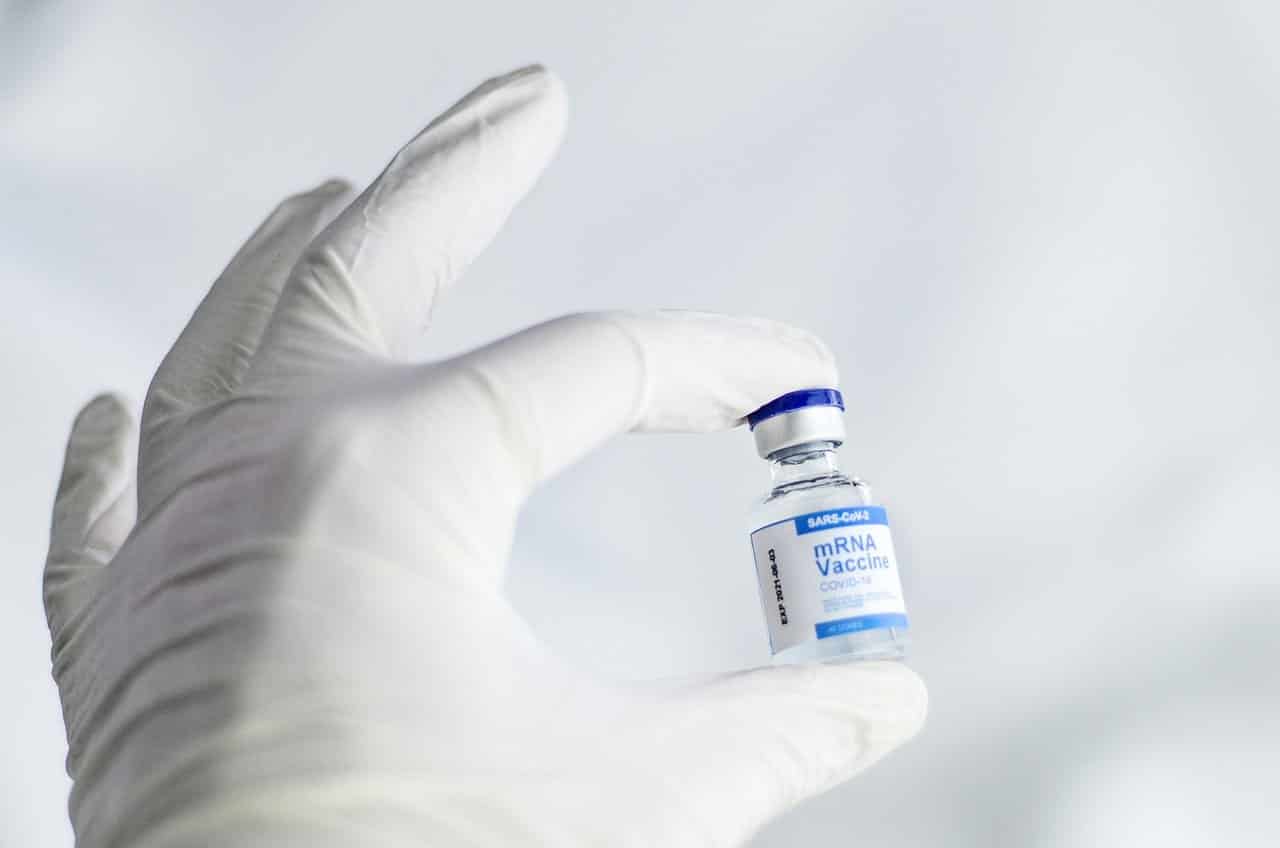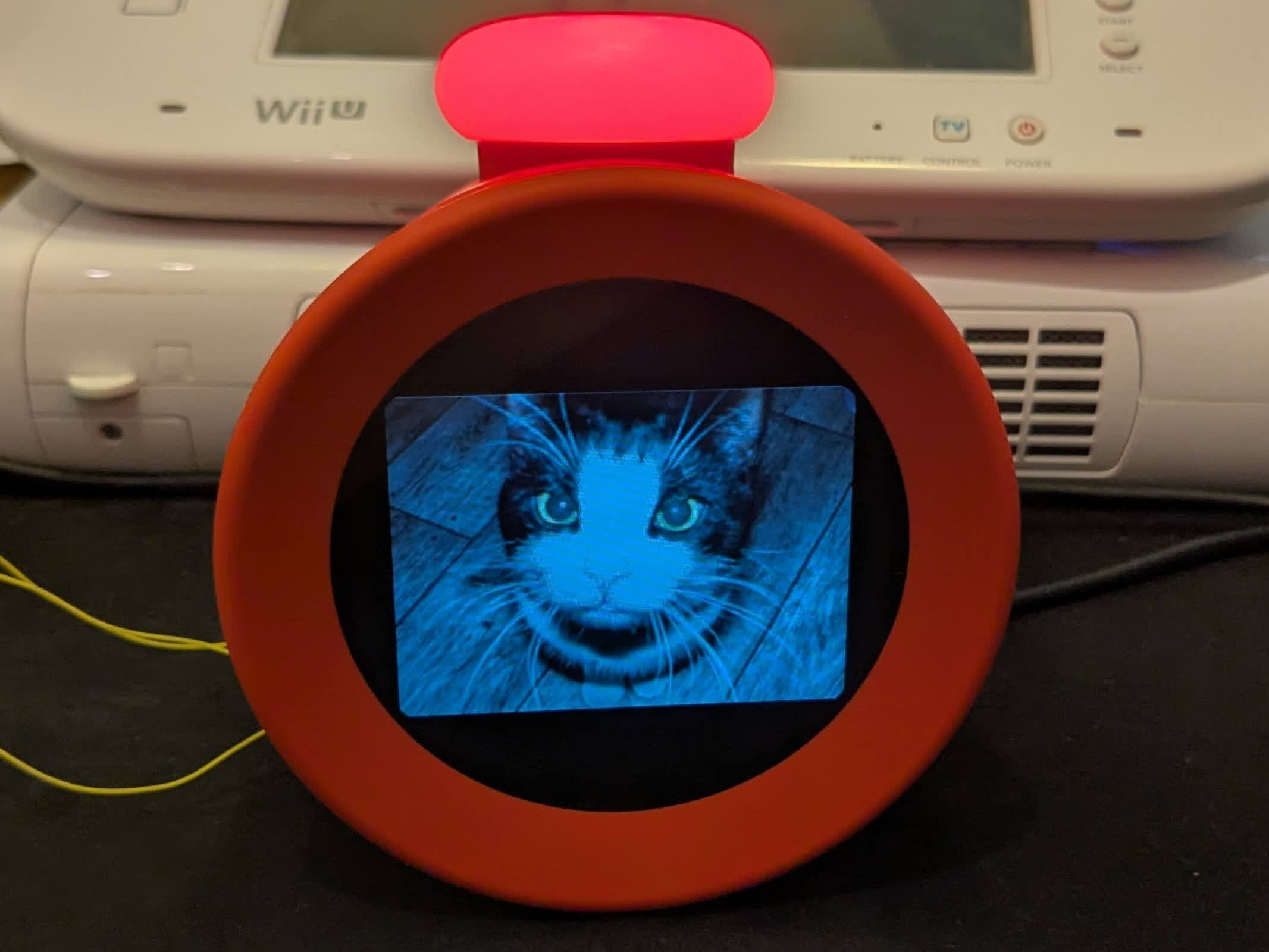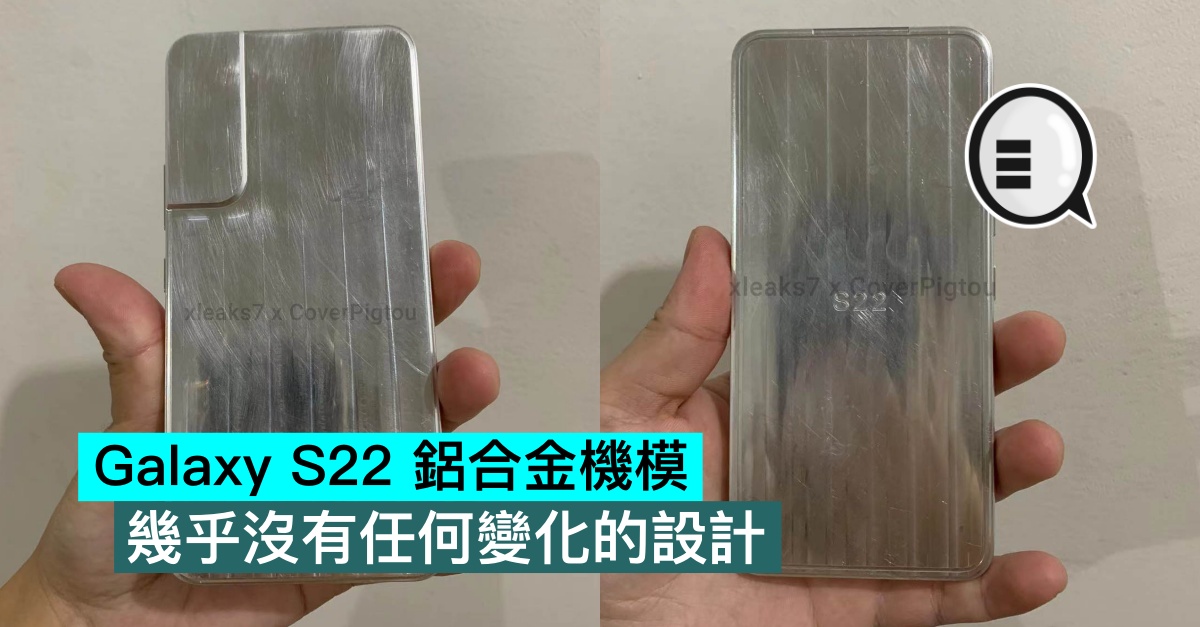One of the obstacles to mass vaccination against Covid-19 is the fear of bites. Called blenophobia, it affects about 10% of the population. To work around this problem, researchers designed a tiny “vaccine patch” with microneedles. The device is 3D printed, which allows standardized and large-scale production at a reduced cost. Thus, regardless of the number of patches produced, the size, shape and spacing of the needles remain the same.
The patches are equipped with microneedles which inject the vaccine through transdermal route, that is to say under the superficial layer of the skin. As a reminder, the method with conventional injections uses the subcutaneous route. The skin is thus completely crossed. The new patches have given satisfactory results in mice. Scientists will be testing humans soon.

One of the advantages of these patches is that they can be self-administered. It would therefore no longer be necessary to go to a center or see a doctor to be vaccinated against Covid-19.
To read also:
The dangers of the Covid Party
Fifty times more effective than traditional vaccination?
Researchers use an advanced 3D printing technique called continuous production of liquid interfaces (CLIP), using ultraviolet light, to design the patches. The details of their work are presented in an article published in the journal PNAS .
“Our approach allows us to directly 3D print microneedles, which gives us great design latitude to manufacture the best microneedles. from a performance and cost perspective. “
Shaomin Tian, microbiologist from the University of Carolina North to Chapel Hill
They also noted that the vaccines are administered directly near the immune cells of the skin. This would allow both a better immune response and a reduction in the dose needed. In fact, in mice, the patches were found to be 50 times more effective compared to injections in generating a T cell response and appropriate antibodies to the virus.
“Using components from model vaccines, we have demonstrated that the administration of 3D printed microneedles allows better retention skin load, immune cell activation, and more potent humoral and cellular immune responses compared to traditional vaccination routes. “
Read also : Covid-19: the Mu variant is already present in the United States
The basics of a new method without pain or anxiety
This new method of vaccination could also work for fight other health scourges such as influenza, measles and hepatitis. At present, in any case, vaccination against Covid-19 remains the priority for researchers. They are now investigating the possibility of applying RNA vaccines (including COVID-19 vaccines from Pfizer and Moderna) via this model.
“By developing this technology, we hope to lay the foundations for even faster global vaccine development, at lower doses, without pain nor anxiety.
Chemical engineer Joseph DeSimone of the university Stanford
Note: This article have been indexed to our site. We do not claim ownership or copyright of any of the content above. To see the article at original source Click Here












